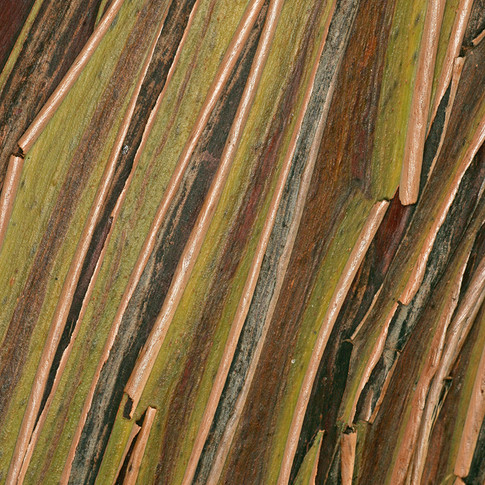A new species of Eucalyptus revealed for National Eucalypt Day
- theplantpress

- Mar 23, 2018
- 2 min read
Updated: Aug 23, 2021
March 23 celebrates Australia's most iconic trees - the Eucalypts. While now widely grown around the world, Eucalypts give the Australian bush their own unique smells and textures.

From the colourful bark of alpine snow gums, to the gnarled butts of inland mallees, Eucalypts, or 'gum trees' are their own work of art.
According to Eucalypt expert Dean Nicolle (2018), Australia has over 800 species of Eucalypt, classified in three genera, Angophora (the apple gums; 10 species), Corymbia (the bloodwoods; 92 species) and Eucalyptus (c. 710 species), containing an amazing range of diversity. A small number of species are also found in New Guinea and Timor.
Spectacular species such as the Silver Princess (Eucalyptus caesia) are commonly grown in gardens, but this species is naturally rare, growing on scattered granite rocks in the Western Australian wheatbelt.
A new and rare species, Eucalyptus revelata has just been named from remote ranges in the West Kimberley of Western Australia. It grows with a similar species, Eucalyptus mooreana, and scientists have suspected in might be different for many years.
Specimens held at the National Herbarium of New South Wales (NSW) were examined as part of the study, including original (type) specimens of Eucalyptus mooreana collected by William Vincent Fitzgerald in 1905.
Recent helicopter surveys by Tracey Sonneman (DBCA) and Tim Willing (Broome), have provided new information on the two species, enabling the description of Eucalyptus revelata as a new species. The two species, E. mooreana (left) and E. revelata (right) have been described in the Western Australian Herbarium journal Nuytsia, and illustrated by photos such as these, provided by Tim Willing.
References
Nicolle D (2018) Classification of the eucalypts (Angophora, Corymbia and Eucalyptus). Version 3. http://www.dn.com.au/Classification-Of-The-Eucalypts.pdf
Nicolle D, Barrett RL (2018) Eucalyptus revelata, a rare new species related to E. mooreana (Myrtaceae) from the Kimberley region of Western Australia. Nuytsia 29, 109–118. https://florabase.dpaw.wa.gov.au/science/nuytsia/873.pdf

















































Comments